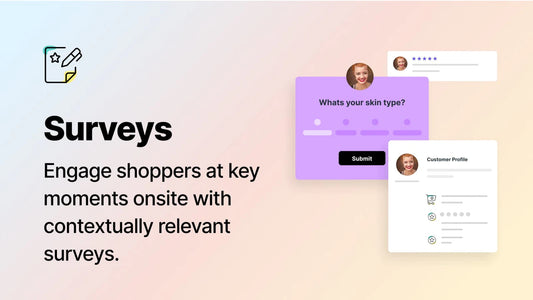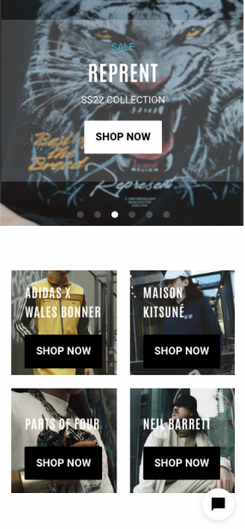Finding the target market for a Shopify store sometimes can get overlooked in the early stages of a business. You find the perfect product, you have an idea for a name and logo and before you know it, you are selling online! But with so much competition in the online marketplace, it's essential to ensure that your Shopify store development, design, and marketing are strictly aligned to your target market.
We believe there are three simple steps to finding your target market before you even start to scribble down those ideas for your store's name. Read below to see our three simple steps to discover and define your perfect target audience.
Step 1 - Competitor research (30 mins)

When you discovered your product or defined your service, it's highly likely that you can find it elsewhere online. This isn't an issue, but a clear indicator that you need to add value above and beyond your competitors.
By researching online, find 5 companies that offer the closest products/services that you plan to. Once you have your list of 5, reduce this to 1 by asking yourself the following questions:
- Which competitor is closest to the price I plan to offer?
- Which competitor is selling to the country/countries I will be able to sell to?
- Which competitor has the largest revenue and solely sells online?
Now that you've identified your key competitor, it’s time to start the data deep dive.
Step 2 - Customer data deep dive (1hr 30 mins)

By using a site like sociograph your able to find out key information on those Facebook members that are engaging with your key competitor. Sociograph enables you to look at the Facebook profile of the most engaged Facebook members of the Page of the key competitor. By evaluating the most engaged 25 Facebook page followers of your competitor, you'll then be able to collate the data and answer the following questions:
- Which genders does my competitor sell to? (Male/Female)
- What is the age range of my competitor’s customers? (Birthday shown)
- What products/services/places do the customers like (Facebook likes and group membership)
- What type of pictures do they post and what are their interests? (Pictures)
All of this data can then be collated and analyzed to create a profile of the target market for your product. This can then be used to define your business name, marketing and crucially, targeting of your Facebook ads.
Step 3 - Post data deep dive (1 hour)

Alongside data on the most engaged Facebook members, sites like Sociograph also provide data on the most successful Facebook posts for Facebook pages. By downloading the data for the 20 most successful posts by engagement over the past 12 months, you'll have a good understanding of which type of post work best to capture the attention of the target market. For example, pay attention to:
- Post type - competition, personal, shout out etc.
- Media type - Video, image, status
From this analysis, you'll also be able to think about how you can utilize similar strategies for your own business.
By following these simple steps, you'll be able to ensure that your business is data-driven in its whole approach, and not be left scratching your head once you've launched and live.








